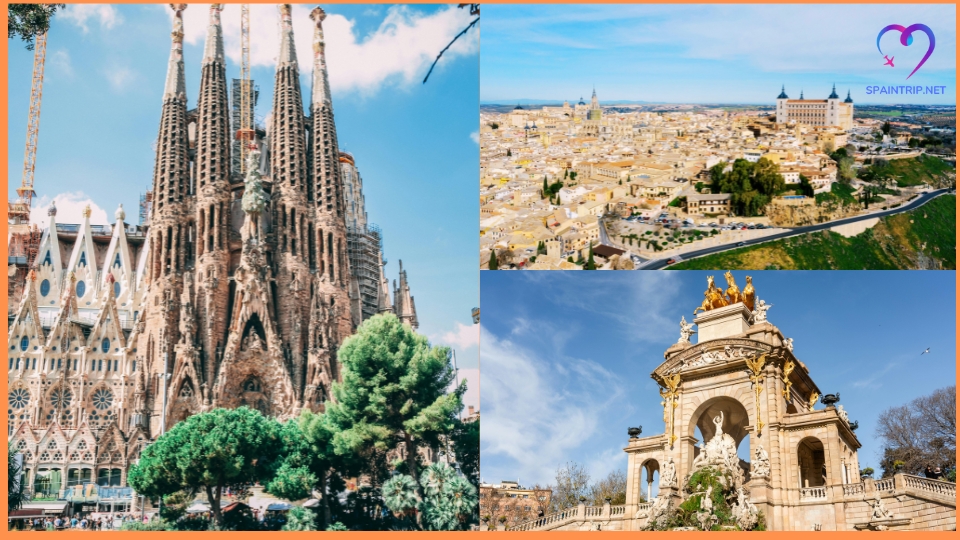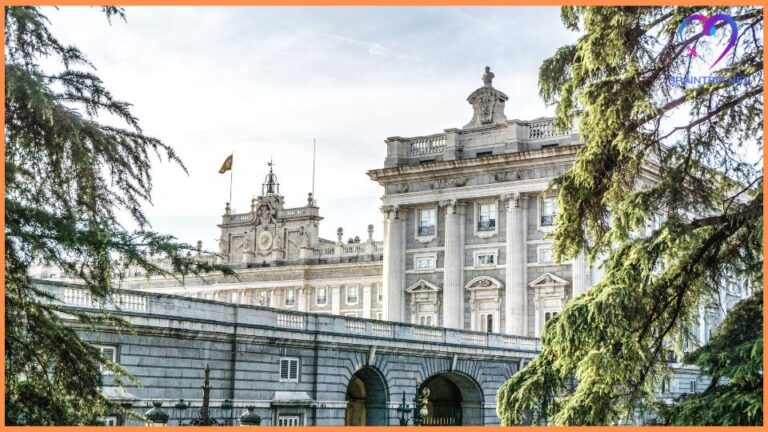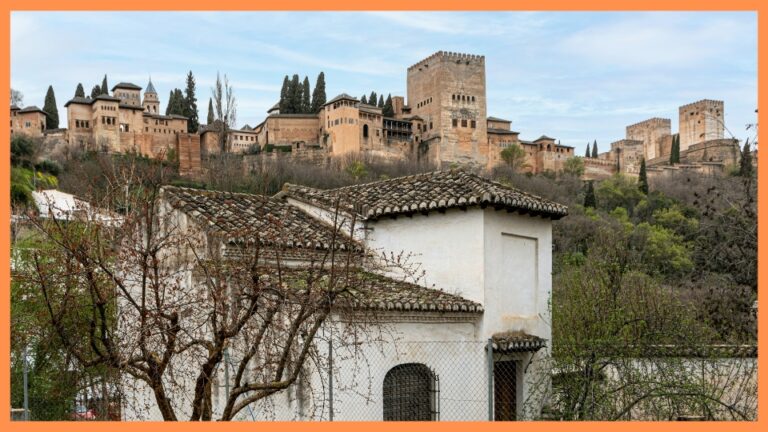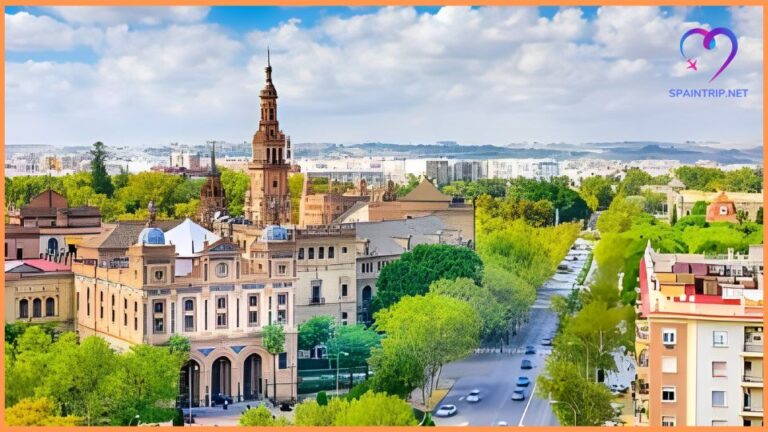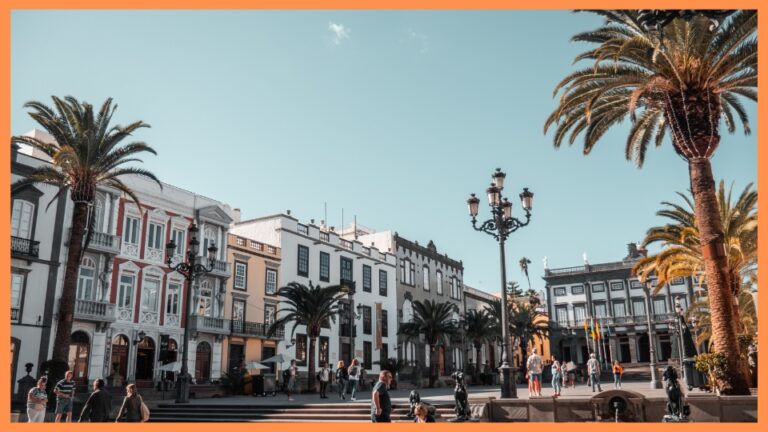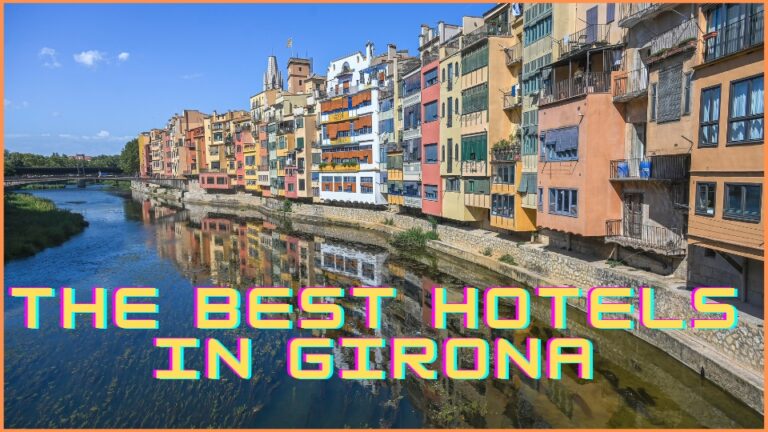The Most Famous Landmarks in Spain
Spain is a land of stunning architecture, rich history, and vibrant culture. The country’s landmarks reflect its diverse heritage, from ancient Moorish palaces to modern architectural masterpieces. In this article, we’ll explore some of the most famous landmarks in Spain that you simply must visit.
Sagrada Familia
The Sagrada Familia is perhaps the most iconic landmark in Spain. Designed by the renowned architect Antoni Gaudí, this basilica has been under construction since 1882 and is still not complete. The intricate facades and towering spires are a testament to Gaudí’s genius. Inside, the play of light through the stained glass windows creates an almost ethereal atmosphere.
Alhambra
The Alhambra is a stunning palace and fortress complex that dates back to the Moorish occupation of Spain. It is a masterpiece of Islamic architecture, with its intricate tilework, ornate ceilings, and beautiful gardens. The Generalife gardens, with their perfectly manicured hedges and fountains, offer a peaceful retreat.
Park Guell
Another of Gaudí’s creations, Park Güell is a whimsical public park that feels like stepping into a fairy tale. The park is filled with vibrant mosaics, winding paths, and surreal structures. The terrace offers panoramic views of Barcelona, making it a perfect spot for photos.
La Rambla, Barcelona
La Rambla is a bustling street in the heart of Barcelona, famous for its lively atmosphere and diverse street performers. The street is lined with shops, cafes, and historic buildings. Don’t miss the Boqueria Market, where you can sample local delicacies.
Montjuïc Castle, Barcelona
Montjuïc Castle is a fortress with a long history dating back to the 17th century. It played a significant role in the defense of Barcelona and now houses a military museum. The castle’s location on Montjuïc Hill offers panoramic views of the city and the Mediterranean Sea.
Ibiza Old Town
Ibiza’s Old Town, also known as Dalt Vila, is a UNESCO World Heritage site known for its well-preserved medieval architecture. The town is surrounded by ancient city walls and offers stunning views of the Mediterranean Sea. Visitors can explore narrow cobblestone streets, historic churches, and charming squares.
Mosque-Cathedral of Cordoba
One of the most impressive examples of Moorish architecture in Spain, the Mosque-Cathedral of Cordoba is a symbol of the city’s rich cultural heritage. The mosque was converted into a cathedral in the 16th century but still retains much of its original Islamic architecture, including its famous striped arches.
Santiago de Compostela Cathedral
Located in the historic city of Santiago de Compostela, this stunning cathedral is the final destination of the Camino de Santiago pilgrimage route. The cathedral is renowned for its Romanesque and Baroque architecture, as well as its role as a symbol of faith and pilgrimage.
Plaza de Espana
Located in Seville’s Maria Luisa Park, the Plaza de Espana is a stunning example of Spanish Renaissance Revival architecture. The plaza features a semicircular building with a series of bridges spanning a canal, as well as ornate ceramic tilework depicting scenes from Spanish history.
Roman Aqueduct of Segovia
The Roman Aqueduct of Segovia is a marvel of ancient engineering and one of the best-preserved Roman aqueducts in the world. The aqueduct spans the city of Segovia and is a testament to the ingenuity of the Roman Empire.
Teide National Park
Located on the island of Tenerife, Teide National Park is home to Mount Teide, Spain’s highest peak. The park’s lunar-like landscape and unique flora and fauna make it a popular destination for hikers and nature lovers.
Alcazar of Segovia
The Alcazar of Segovia is a stunning medieval fortress located in the city of Segovia. The fortress is known for its distinctive shape, which inspired the design of the Disney logo. Visitors can explore the fortress’s towers, halls, and gardens, as well as enjoy panoramic views of the city.
Montserrat
Located near Barcelona, Montserrat is a mountain range known for its stunning natural beauty and Benedictine monastery. The monastery is home to the famous Black Madonna statue, which is said to have miraculous powers.
Guggenheim Museum Bilbao
Designed by architect Frank Gehry, the Guggenheim Museum Bilbao is a masterpiece of contemporary architecture. The museum’s striking titanium exterior is a stark contrast to the historic buildings of the surrounding city, making it a must-visit for art and architecture enthusiasts.
Seville Cathedral, Seville
The Seville Cathedral is the largest Gothic cathedral in the world. It was built on the site of a former mosque, and elements of its Islamic past are still visible. The cathedral’s bell tower, La Giralda, offers stunning views of the city.
Basilica of Our Lady of the Pillar, Zaragoza
The Basilica of Our Lady of the Pillar is an important pilgrimage site in Zaragoza. According to tradition, the Virgin Mary appeared to the Apostle James here. The basilica’s impressive Baroque architecture and stunning interior make it a must-visit.
Spain’s landmarks are a testament to its rich history and cultural diversity. From the Gothic grandeur of Seville Cathedral to the modern marvel of the Guggenheim Museum, each landmark tells a unique story. Whether you’re exploring the vibrant streets of Barcelona or the historic sites of Madrid, Spain’s landmarks offer a journey through time and an insight into the country’s soul.

